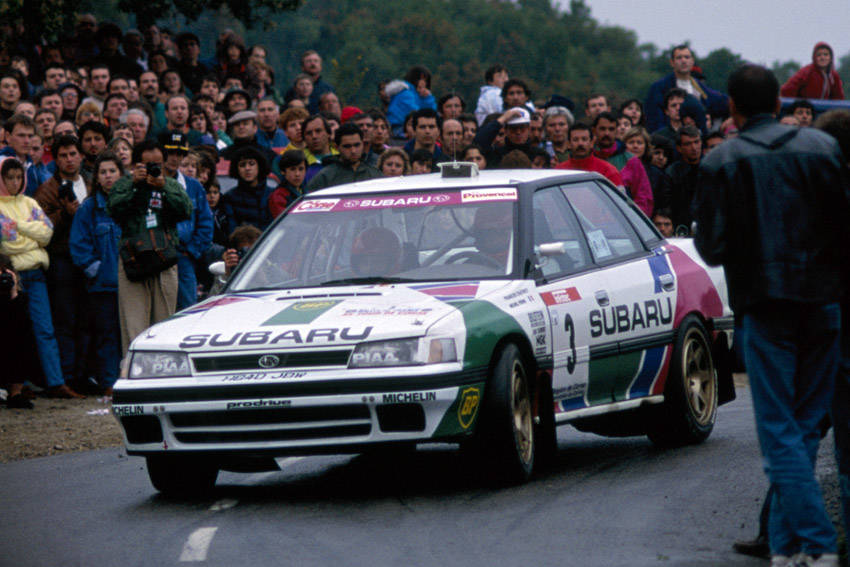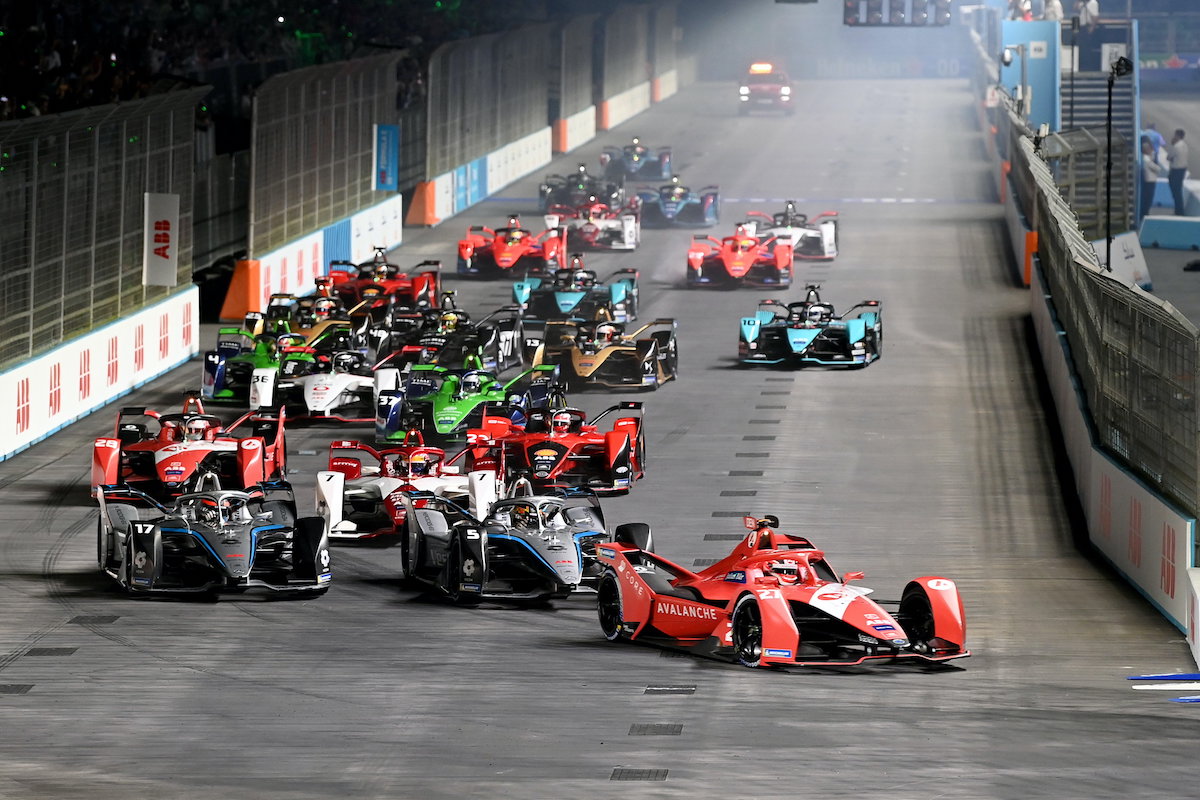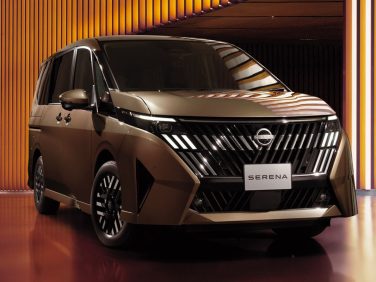Natural racing engine
The early EJ20 turbo engine adopted the IHI RHB52 turbo. In order to have a smoother torque characteristic, the supercharging pressure is set to a low value of 0.6 bar, which is quite different from the later high supercharging pressure EJ20 turbo engine.
naturally aspirated specifications engine is 150ps / 6800rpm, 172Nm / 5200rpm , the turbo specification engine, which is the favorite of high power type, achieved 200ps / 6000rpm, 260Nm / 3600rpm in combination with a water-cooled intercooler. Then, the RS-RA was set on the sedan as a model to be used for rallies, and the dedicated EJ20 turbo was installed.

Although the output of this special engine was 220ps, it was balanced by STI, mirror-polished inside the intake port, adopted a forged piston, etc., and equipped with a gold-painted engine cover. Based on this engine, the Legacy Sedan RS-RA challengd the World Rally Championship (WRC).
In this way, the EJ20 engine achieved class-leading high power, and at the same time, it had a pedigree of being a high-power engine that was also intended for use in motor sports.
EJ20 type engine for Impreza WRX
The C segment Impreza (GC / GF type) series debuted in 1992 as the second global strategic car following the Legacy. Equipped with this IMPREZA series was the EJ engine series, which had a newly designed 1.5L engine and six engine types from 1.6L to 2.0L.

This is the first Impreza sports model, with the WRX set for entry into the World Rally Championship (WRC) and equipped with the EJ20 turbo. However, three years after the introduction of the first Legacy model, the EJ20 model for the Impreza WRX has been greatly improved.
It is a newly designed cylinder head part. For higher power and big torque, the DOHC valve drive has been changed from the conventional rocker arm type to a direct type with less friction resistance and higher rigidity, and the valve holding angle is changed from 52 degrees to 41 degrees, which is slightly narrowed. By doing so, the combustion chamber is made compact.

The turbocharging pressure has been increased to 0.8bar. Furthermore, the intercooler has been changed from a water-cooled type to an air-cooled type with a larger capacity to improve the intake cooling performance. For this reason, an air intake for the intercooler has been newly installed on the hood from WRX. In addition, the WRX RA, which is the base of the rally car, is also equipped with a water spray for forced cooling of the air-cooled intercooler. This is to obtain FIA approval for use in the rally.
With such a big design change, the output of EJ20 turbo can generate 240ps / 6000rpm and maximum torque 304Nm / 5000rpm.
Then, in 1994, based on the Impreza WRX RA, STI adopted a forged piston, equipped with an EJ20 type turbo that was tuned specifically for balancing etc. “WRX STi” (STi notation at that time) was set Has been done.

This Impreza WRX RA was able to achieve the feat of participating in the World Rally Championship series from 1993 as planned and winning the WRC championship for three consecutive years from 1995. Its power train, the EJ20 turbo engine, proved its high potential in the rally motorsport field, and Subaru won the best in the world Chanpion.<text:Haruhiko Matsumoto>















